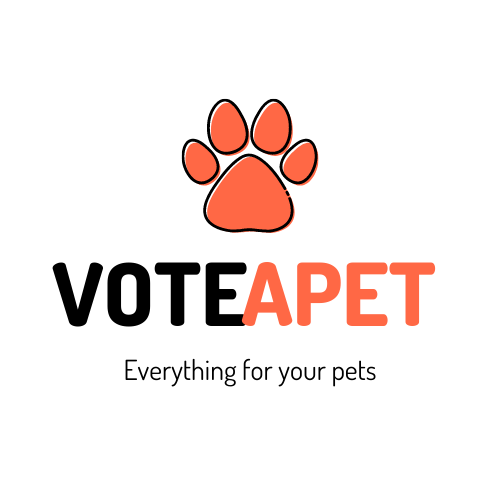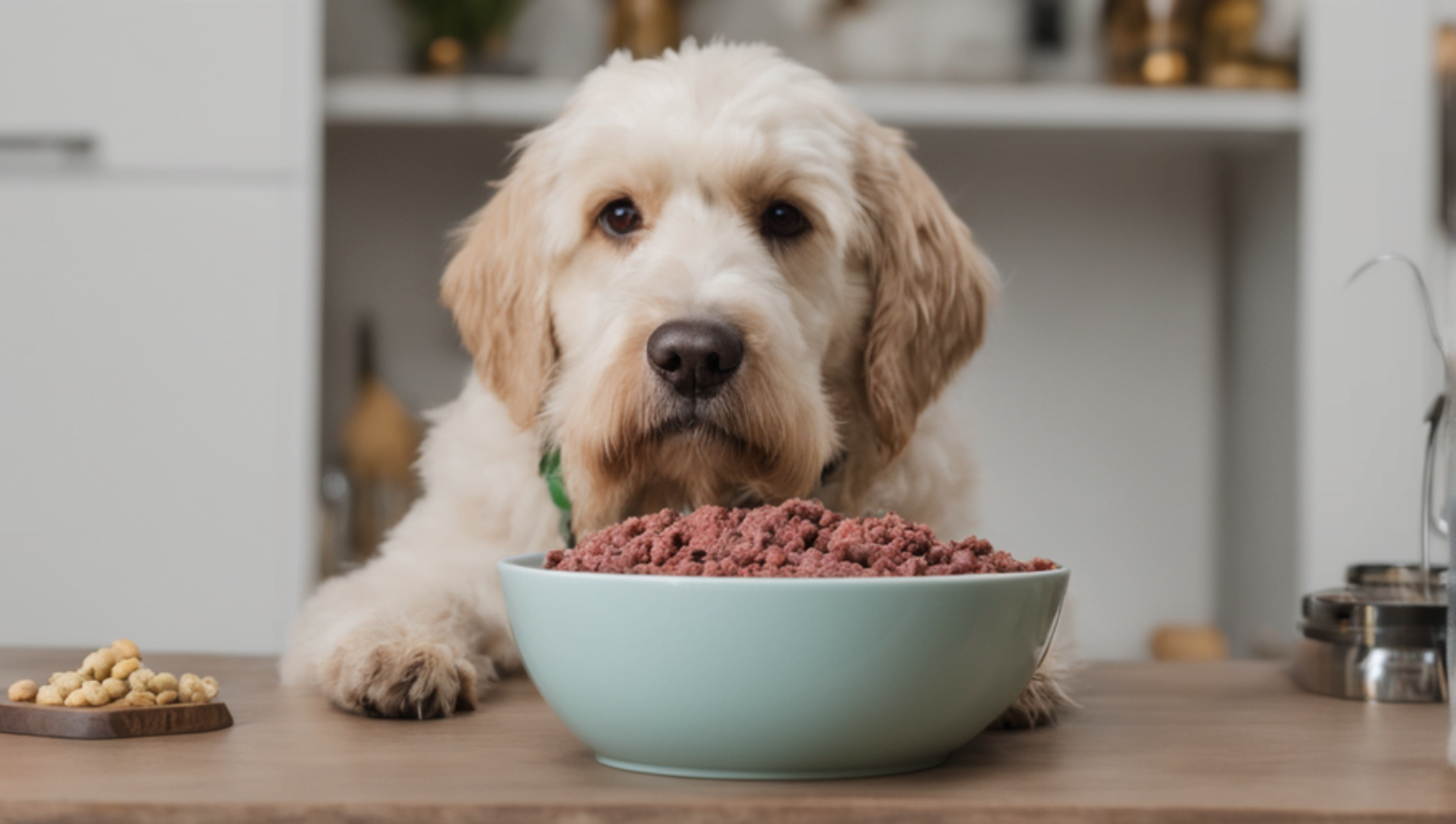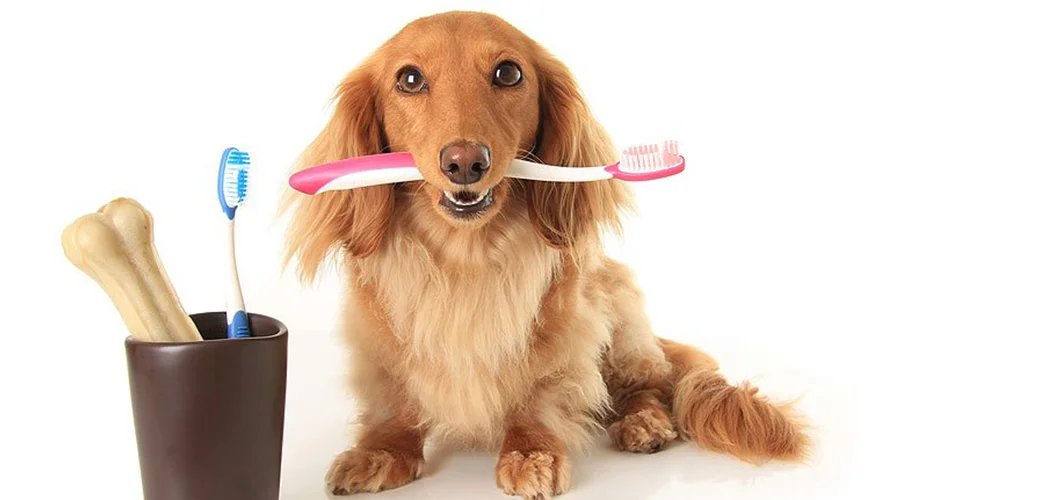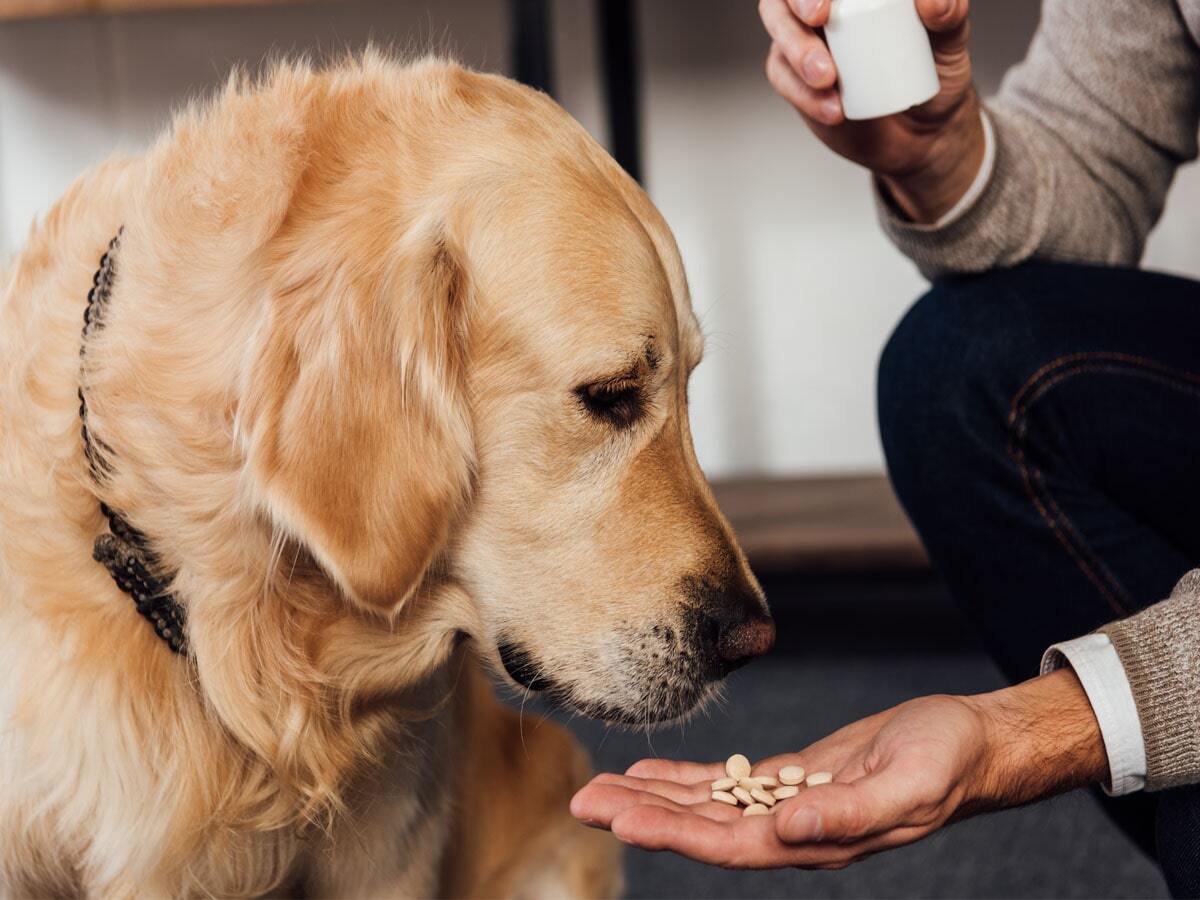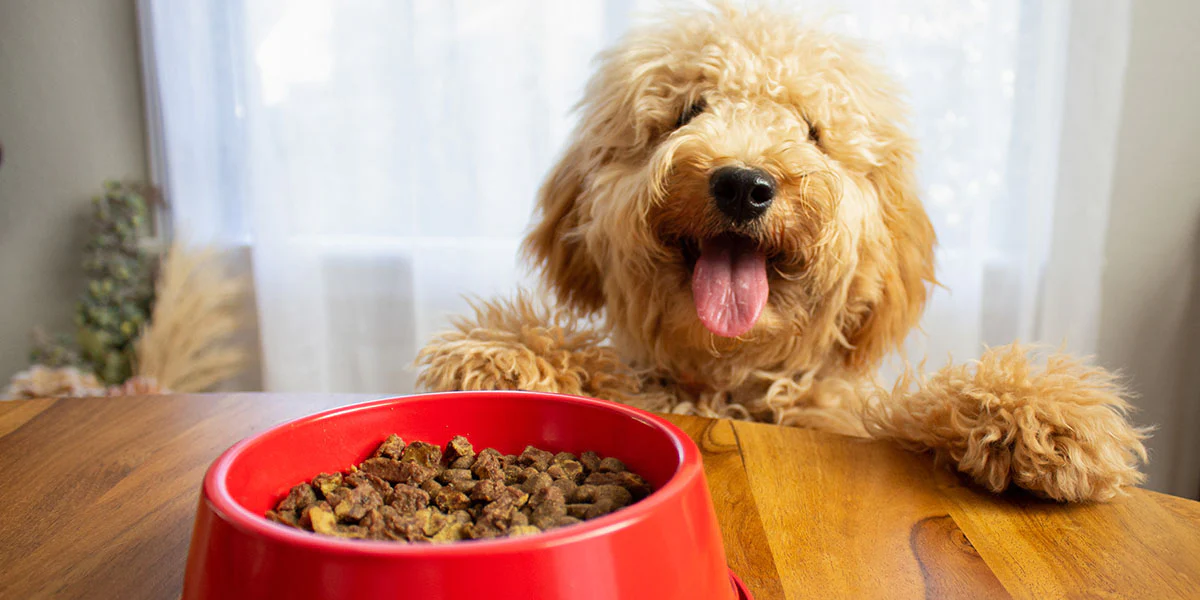Explore the pros and cons of feeding your dog a raw food diet to make an informed decision about your canine companion’s nutrition.
The Pros and Cons of Raw Food Diet for Dogs Making an Informed Choice
Raw food diets for dogs have become increasingly popular in recent years. There are many proponents of raw diets who believe that they are the healthiest and most natural way to feed dogs. However, there are also some potential risks associated with raw diets, and it is important to weigh the pros and cons carefully before making a decision about whether or not to feed your dog a raw diet.
Pros of Raw Food Diets for Dogs
- Nutritional benefits: Raw diets are often seen as being more nutritionally balanced than commercial dog foods. This is because they contain a variety of whole, unprocessed ingredients that are closer to what dogs would eat in the wild. Raw diets are also typically higher in protein and moisture than commercial dog foods, which can be beneficial for dogs with certain health conditions.
- Digestive health: Raw diets can help to improve digestive health in dogs. This is because the enzymes and bacteria found in raw food help to break down food more easily. Raw diets can also help to reduce the risk of bloat and other digestive problems.
- Skin and coat health: A raw food diet is often associated with improved skin and coat health in dogs. The natural oils found in raw meat can help alleviate dryness, itchiness, and promote a shiny, lustrous coat. Additionally, the high-quality proteins in raw food can contribute to healthy skin cell regeneration.
- Dental Health: Chewing on raw bones and meat can help keep a dog’s teeth clean and healthy. The natural act of gnawing helps remove plaque and tartar buildup, reducing the risk of dental diseases such as gingivitis or periodontitis.
- Reduced Allergies: Some dogs suffer from food allergies or sensitivities, which can manifest as itching, digestive issues, or ear infections. Switching to a raw food diet can eliminate common allergens found in commercial dog food, such as grains or artificial additives, potentially reducing allergic reactions.
- Immune system: Raw diets can help to boost the immune system in dogs. This is because the raw food contains live enzymes and bacteria that help to fight off infection.
- Increased Energy Levels: Many dog owners report that their pets have increased energy levels and stamina when fed a raw food diet. This can be attributed to the high-quality proteins and fats found in raw meat, which provide a readily available source of energy for active dogs.
Cons of Raw Food Diets for Dogs
- Safety risks: Raw diets can pose a safety risk to dogs and humans if they are not handled and prepared properly. The raw food can contain harmful bacteria such as Salmonella, E. coli, and Listeria. These bacteria can cause food poisoning in dogs and humans, and in some cases, they can be fatal.
- Nutritional Imbalance: One of the main concerns with a raw food diet is the potential for nutritional imbalance. Dogs require a variety of nutrients, including vitamins, minerals, and fatty acids, which may not be provided in sufficient quantities through a raw food diet alone. It is crucial to ensure that the diet is well-balanced and includes all necessary nutrients.
- Cost: Raw diets can be more expensive than commercial dog foods. This is because the ingredients are more expensive and the food takes more time to prepare.
- Time commitment: Raw diets require a significant time commitment to prepare. The food must be purchased, prepared, and stored properly. It can also be difficult to find a veterinarian who is experienced in raw feeding.
- Not suitable for all dogs: Raw diets are not suitable for all dogs. Dogs with certain health conditions, such as kidney disease or pancreatitis, should not eat a raw diet. It is also important to note that raw diets are not recommended for puppies or dogs with weakened immune systems.
Making an Informed Choice
If you are considering feeding your dog a raw diet, it is important to weigh the pros and cons carefully. It is also important to talk to your veterinarian to make sure that a raw diet is right for your dog. If you do decide to feed your dog a raw diet, it is important to follow safe handling and preparation practices to reduce the risk of foodborne illness.
Here are some tips for feeding your dog a safe and healthy raw diet:
- Buy your raw food from a reputable source.
- Store the food properly in the refrigerator or freezer.
- Wash your hands thoroughly before and after handling raw food.
- Cook any bones before feeding them to your dog.
- Rotate your dog’s diet to avoid nutrient deficiencies.
- Monitor your dog’s weight and overall health regularly.
If you are concerned about the safety of raw diets, you can talk to your veterinarian about a home-cooked diet or a commercial raw food diet. These diets are typically more processed than a completely raw diet, but they can still provide your dog with the nutrients they need.
Ultimately, the decision of whether or not to feed your dog a raw diet is a personal one. It is important to do your research and weigh the pros and cons carefully before making a decision.
